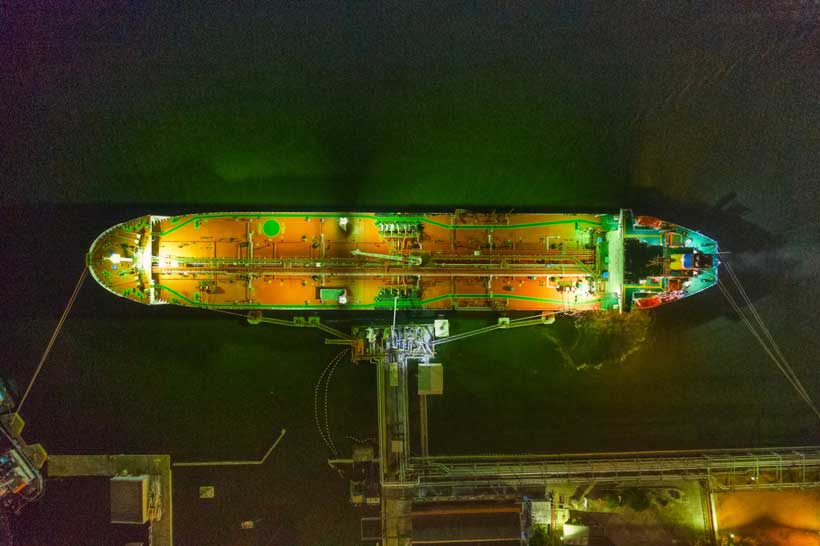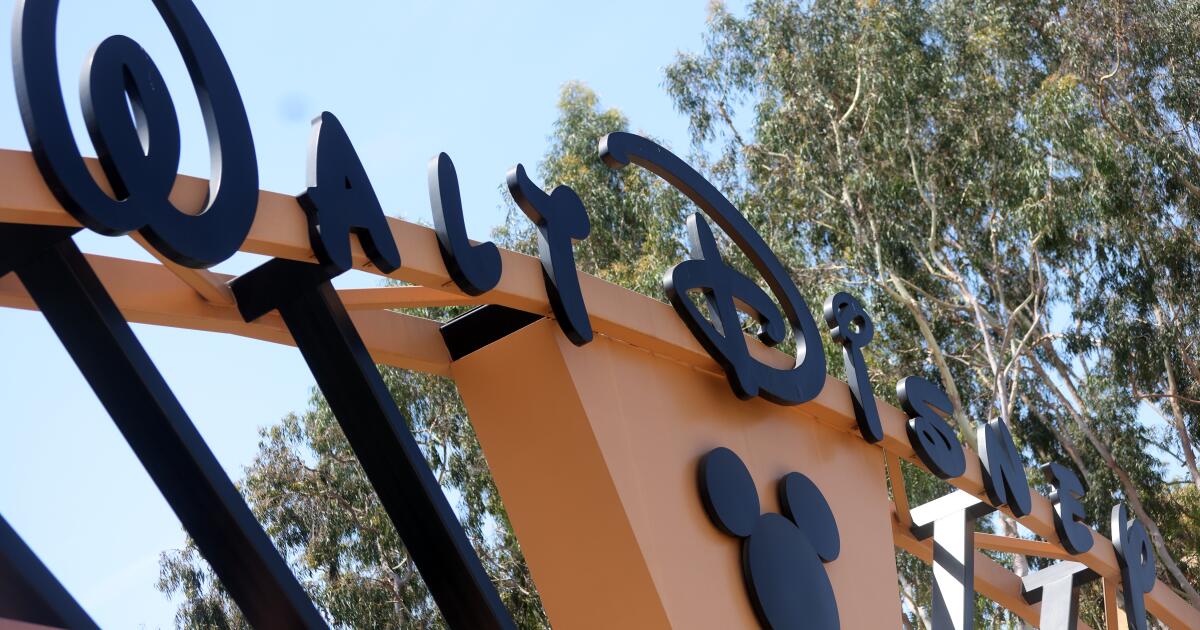How online scammer Brittany Miller faked cancer to become top influencer as we reveal dark truth behind career

OVER one million people watched as Brittany Miller made the perfect roast potato over the weekend – for her perfect twins in her perfect home with her perfect smile.
But behind the 29-year-old influencer’s flawless façade lies a sinister web of lies which saw her fake cancer and con her followers. Now, for the first time we reveal the truth behind her shock scam – and why she’ll stop at nothing to achieve fame.
In 2017, Brittany was an unknown 21-year-old living in Oxfordshire, with dreams of becoming the next big social media influencer. Her small online community were then left shocked when she claimed to have been diagnosed with stage three gastric cancer.
Her friends rallied around her – a crowdfunding page was set up to help support her financially and interest around her started growing.
But then just as fast as her cancer news started spreading – it then disappeared and wasn’t mentioned again. No trace of her extraordinary lie could be found online.
It wasn’t until 2020 when Brittany collaborated with a breast cancer awareness charity that her former best friend decided to speak out – revealing the whole thing had been a scam.
Brittany lied to us all – not just her friends but also her followers online
Former friend
The police have confirmed to The Sun that Brittany was indeed convicted of her crime – fraud by false representation.
In July 2020, she was given a conditional discharge for 12 months and was forced to pay compensation and costs to the Crown Prosecution Service.
Her criminal record will no longer show up on basic checks, which has left her victims furious.
Speaking anonymously, a former pal revealed that Brittany had in fact been the one to set up the JustGiving page and had begged her friends to circulate it for her.
They told us: “Brittany lied to us all – not just her friends but also her followers online.
“Now people are following her and they have no idea what she is really like.
“Yes it happened years ago but lying about cancer is really wrong. Lots of her followers will have family members living with cancer but little do they know that every time they watch one of her videos, they are giving money to a fraud.”
MAKING CASH AND FALLING OUT
Indeed, Brittany has built herself a successful online career. Her videos are mostly her dishing up huge meals, making home comfort food or showing hauls from Temu or Shein.
It might not be groundbreaking stuff but she has 3.5 million people following her on TikTok.
Her boyfriend, Ash Griffiths, regularly features in her clips and in July last year she gave birth to identical twins, Elijah and Emiliano, who have also become a big part of her content.
The couple recently moved into a plush new home in East Sussex, thanks to the proceeds from Brittany’s TikTok account.
Looking back, another friend recalled how Brittany would tell her she was in hospital, having treatment, including radiotherapy and would guilt trip her when she wasn’t available to hang out with her.
Things came to a head when the pal accused Brittany of stealing money from her grandma.
In messages seen by The Sun, someone appearing to be Brittany admits to taking the cash but blames it on the strong medication she was taking. The pair fell out shortly after.
In the weeks and months after Brittany’s crime was revealed, there has been a lot of online speculation but she has never addressed what happened.
The former pal told us: “Brittany has done what she can to erase her history and will delete any comments referencing it.
“It’s pretty scary to think she was happy to lie about cancer and makes you wonder just how far she will go to be super successful.
“This isn’t about getting revenge on her, it’s about people knowing the truth, which they deserve.”
PAST MISTAKES AND PRESENT ISSUES
The cancer scam wasn’t the only time Brittany has been caught telling lies.
In 2018, she was convicted of travelling on the railway without having paid the fare. She gave the officer of the railway company a fake name and address. She was fined £320.
In recent months, Brittany’s parenting has also come under question and she revealed how an anonymous hater had accused her of child abuse.
Ash, who is the father of their twins, was even quizzed on her being an alcoholic and a “druggy.”
I’m in the spotlight, I get millions of views every video, I get it, there’s nasty people out there
Brittany on her fame
Unlike in the past, Brittany decided to be very open about what had been going on and, in an emotional video, she acknowledged that someone reported her to social services, not only accusing her of child abuse, but holding her responsible for “lots of things”.
She confirmed that she “got questioned about everything” and was “really upset” when she spoke to them on the phone, so much so that she “kept having to pause” because she was crying so much.
No further action was taken but the whole incident left Brittany shaken up.
She said at the time: “People are so desperate for my downfall and bringing me down, but bringing my children into it is ludicrous – why would you want to do that to them, innocent babies?
“Do what you want to me, whatever, but to them, innocent children who are clearly very happy and healthy babies, that’s crazy, you’re an actual weirdo, you’re an actual loser.”
Brittany added: “Never in a million years did I think I’d have to go through something like this – obviously, I’m in the spotlight, I get millions of views every video, I get it, there’s nasty people out there, I understand that.
“I just think, how cruel can you actually be? So, so cruel.”
It’s not just Brittany who has been left shaken up by it all – her former friends now fear they will be targeted by trolls accusing them of spreading lies to social services.
An insider said: “It feels like trouble follows Brittany. She might have this perfect life on social media but it’s not the truth. This drama with social services won’t be the last she’s involved in. But she’s built up an incredible following now – and they will support her, no matter what.”
Brittany has been contacted for comment.
What are the symptoms of stomach cancer?
Stomach cancer symptoms can depend on where cancerous cells have grown and replicated in the stomach.
According to The Mayo Clinic, common symptoms of stomach cancer may include:
- Heartburn
- Feeling full after small portions of food
- Stomach pain
- Nausea
- Indigestion
- Unintentional weight loss
- Feeling bloated after eating
- Trouble swallowing
If you’re worried that any of these symptoms may apply to you, it’s probably a good idea to get them checked out.





